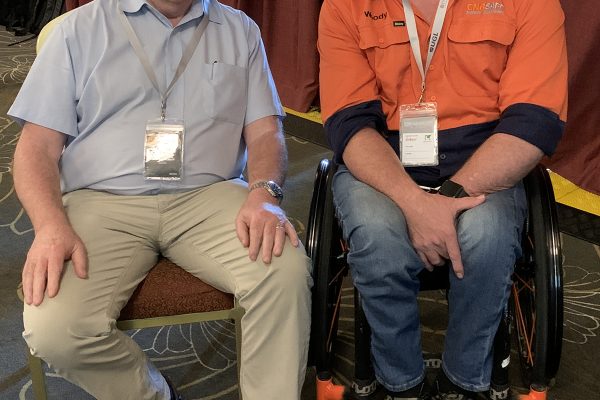Under Australian Work Health and Safety laws, psychosocial hazards and risks are considered the same as physical hazards and risks. They require any person conducting business to eliminate or minimise the risks that arise from psychosocial hazards at work.
Safe Work Australia defines a “psychosocial hazard as anything that could cause psychological harm (i.e. harm someone’s mental health)”. Beyond some of the more readily understood issues like conflict or bullying and harassment, these hazards encompass a broad range and include things like:
- job demands
- poor support
- lack of role clarity
- poor organisational change management
- inadequate reward and recognition
- remote or isolated work
- poor physical environment
Why it’s so important
The impact of mental health in Australia and in the workplace is staggering, with the ABS reporting that between 2021 – 2022 approximately 1 in 5 or 21%, of Australians (16-85) had experienced a mental disorder in the previous 12 months. In the workplace, an average of over 7000 people each year will seek compensation for work-related mental health conditions. Compared to physical injury psychosocial injuries can have longer recovery times and higher costs, resulting in employees spending more time away from work.
Tips for a mentally healthy and psychosocially safe workplace
Beyond the legalities and the statistics, we know that protecting our team members, colleagues, employees and each other from the impacts of poor mental health in and as a result of the workplace has to remain (or become) a priority for businesses that want to succeed.
As a result of lived experience with the devastating and lasting impacts of a mental health injury, our CNB Speaker Michael Weston offers the following ways your business can create a mentally safe environment.
- Frame the Work
Demonstrating the outcome of your team’s work helps people understand what the work achieves. This is why frame helps to drive motivation and accountability to execute and succeed!
- Model Fallibility
A leader that models fallibility normalises staff members not needing to have all the (right) answers. Freeing the team from the indestructible facade that pretends we don’t make mistakes. By showing our team members that we are human and make mistakes it allows team members to be honest about their performance, while creating a safe place for them to admit “I may have missed something”, or “I need your help” and “I don’t know the answer right now”.
- Embrace the Messengers
When someone brings negative news, we need to understand they have come to you because you are their leader, and you would want to know instead of finding out through a third party. Instead of providing a negative response, work with the team member to identify what support they require from the team or the business to resolve the issue with their work mates. Close the loop by asking the team to discuss how to prevent the situation happening again.
Additional Resources
We recognise managing psychosocial hazards is a complex and vital topic, so we’ve captured a few links below that you may find helpful:
- People at work
- Model Code of Practice: Managing psychosocial hazards at work
- Mentally healthy workplaces toolkit
- Beyond Blue
- Lifeline
- Black Dog Institute
- SANE
How can CNB Safe help?
Our team of speakers use the power of their personal testimonies to help increase the awareness of managing mental health with the intention of preventing injury within your workplace. The time to make psychosocial safety a priority is now. Get in touch with the team today to book a speaker.
Email: info@cnbsafe.com.au
Call: (03) 9730 2900




